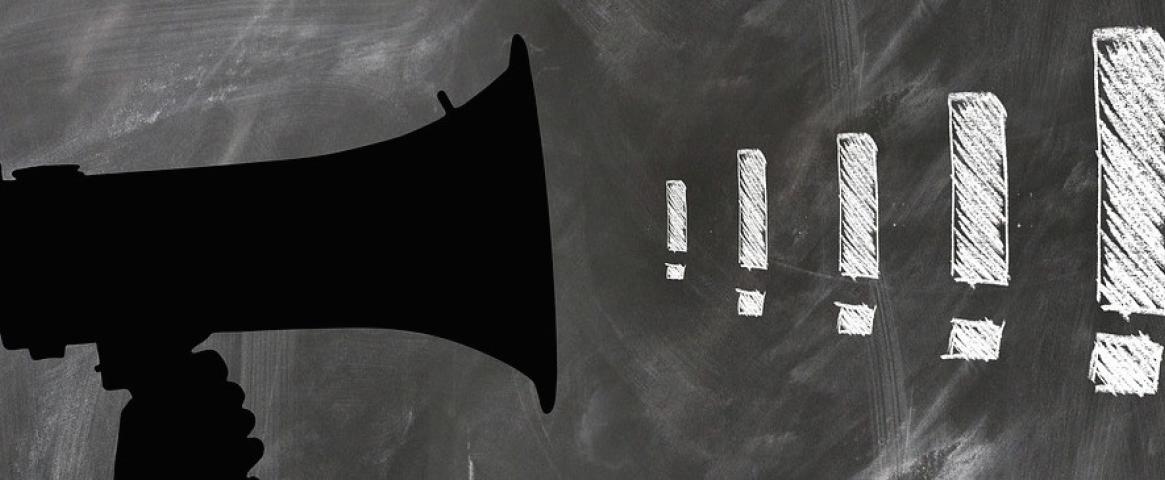By Alisson Clark
At a time when public relations staffers vastly outnumber the journalists they’re pitching, press releases can’t always cut through the clutter. During the ScienceWriters2019 session “Beyond the press release: New ways to get your research story out,” panelists shared tactics that PIOs can try as alternatives or complements to a traditional press release.
Here’s a look at the methods they suggested.
The Conversation:
This nonprofit news and analysis website is written by academics and edited by a staff of professional journalists who help researchers present their expertise in a way that’s engaging to a mainstream audience. It’s free, and researchers have final approval over their stories. Articles can be picked up for republication by other outlets, which amplifies their reach. The visibility can also generate media coverage: Panel moderator Maggie Villiger, The Conversation’s senior science and technology editor, described a piece about the microbiome of the eye that resulted in coverage in Scientific American and on a podcast.
What’s the PIO’s role? It can be as simple as letting researchers know about the site and connecting them with the right editor. However, while researchers can pitch The Conversation directly, they might need a PIO’s help defining a peg or angle and honing the language of the pitch. Editors are looking for a pitch with a narrative, “not just ‘I study microbiology’,” Villiger said.
Reddit AMAs:
Short for Ask Me Anything, these written question-and-answer sessions on the popular website Reddit allow researchers to interact with the general public worldwide. The site is organized into topic-specific subreddits, many of which offer AMAs. “A lot of attention is paid to Twitter, but for science, perhaps Reddit is a better place to focus,” said panelist Michael Lam, an assistant professor of physics at Rochester Institute of Technology who organizes AMAs for the subreddit AskScience, which has 18 million subscribers. Students in a researcher’s lab can do AMAs, as can science communicators or outreach specialists. Pitching an AMA is as straightforward as emailing moderators a researcher’s title, description of their work and available dates.
What’s the PIO’s role? Help the researcher determine the right subreddit to reach out to, and help them craft their blurb, Lam says. Some communicators arrange the AMA on behalf of the researcher, and might opt to sit with the researcher during the AMA — which usually lasts two hours — for advice and support.
A newsroom blog:
PIOs know that crafting a press release and getting it approved can be an arduous process. Panelist Arvind Suresh, science writer and media relations manager at the University of Pittsburgh Medical Center and Pitt Schools of the Health Sciences, suggests another option: Post a brief about the study on a newsroom blog. Doing so can get your coverage crawled by Google, which could generate media attention as effectively as a full-fledged press release, Suresh said.
What’s the PIO’s role? Identify instances when a press release isn’t practical or likely to perform, which could be an opportunity to try the blog approach.
Try a little laughter:
Panelist Shannon Odell, a Ph.D. candidate in neuroscience at Weill Cornell Medicine, urges science writers to experiment with injecting humor into their coverage. The host and producer of the comedy show "Drunk Science" and co-creator, writer and star of the series "Your Brain on Blank" admits that she initially worried about incorporating comedy into serious topics. “It’s a tonal switch in communicating your science,” she said. “I was concerned it would make me look like my work is not legitimate or trustworthy.” She soon realized that laughter could help scientists connect with mainstream audiences. “While scientists are viewed by the public as highly competent, they’re not viewed as warm. Comedy could be a way to improve that. Laughter can be a way to connect people and break down boundaries.”
What’s the PIO’s role? Look for opportunities to play with humor. Like all of the alternatives described here, none is right for every scientist or every study. “There are a lot of new opportunities out there. What’s best for the researcher?” Odell asked. PIOs can apply their expertise to match the research with the tactic most likely to reach — and resonate with — the right audience.
Alisson Clark is a senior writer at the University of Florida and a recipient of a 2019 NASW Travel Fellowship. Follow her on Twitter @alissonclark

